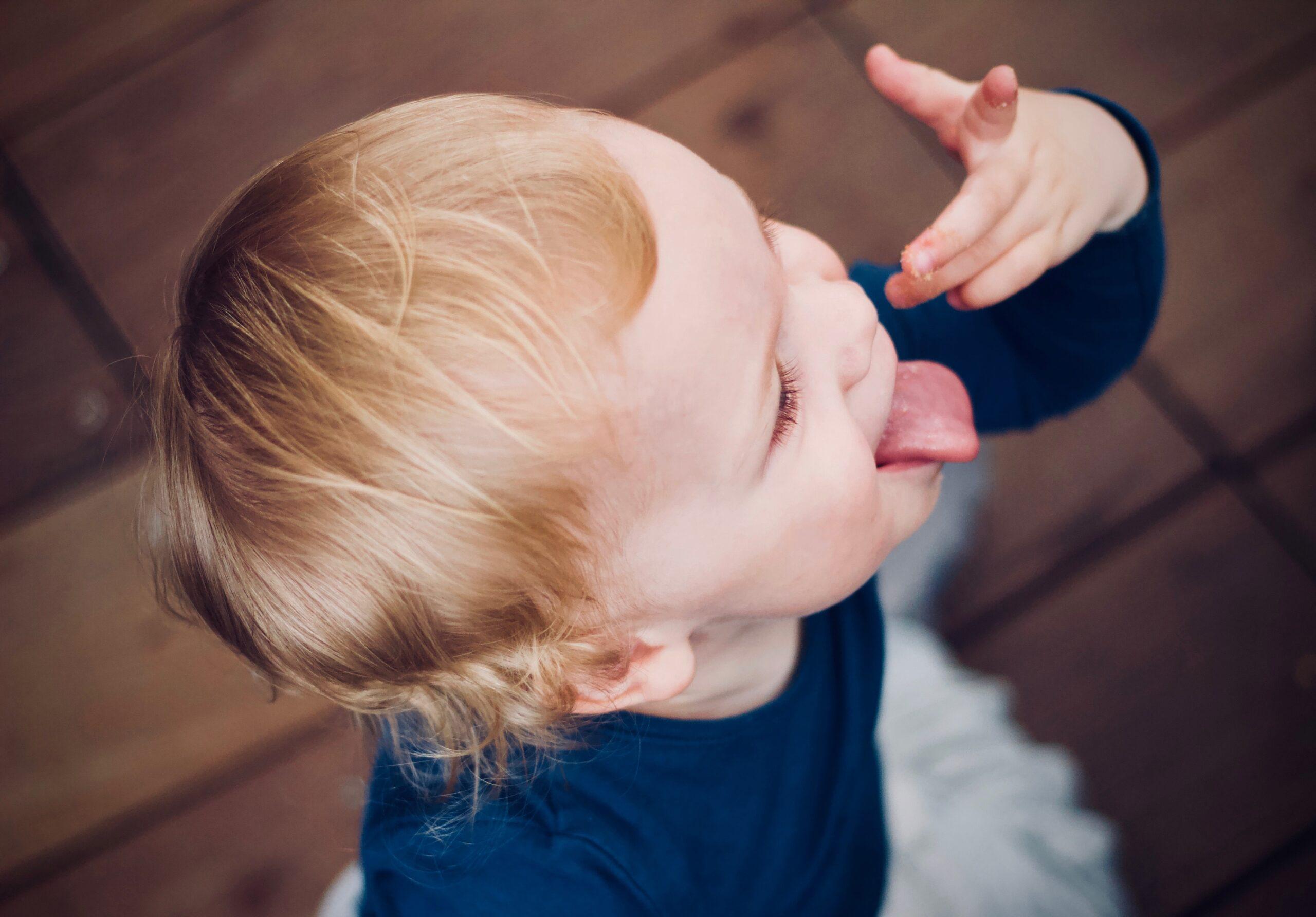There are many activities that parents can use to encourage speech and language development with their children. Language is best learned while doing something; allow the child to be exposed to new experiences and talk about them before, during and after the event. Speak to your child in short simple sentences. Talk about what you are doing, thinking and planning. Talk about the here and now. You are a language model for your child! Try to model language for your child to learn.
At first he will imitate words; later he will speak spontaneously on his own. Praise all of the child’s efforts to communicate. Play should be open-ended as one can use toys in a variety of ways to prompt language. Below is a list of recommended activities:
- Imitating actions and sounds – Have the child imitate early sounds such as “ba,” “ma,” “pa,” “da,” and “na” after your model; have child imitate actions such as clapping hands, and imitate animal sounds, i.e. dog, cow and sheep.
- Reading to your child – Read books to your child frequently (simple books, with colorful pictures). When reading a simple story, do not read all the words on the page. Scale it down to 1-3 words, label the picture, describe and talk about the pictures, and have the child point to/identify common objects in the picture.
- Talking to your child – Use simple vocabulary to comment or describe everyday activities with your child such as making the bed, shopping for groceries, picking up toys, washing hands, getting dressed, and taking a bath. You should also comment on what you are about to do and include child in all activities while speaking about it.
- Setting up environments that tempt the child to want to speak – Activities include eating a child’s desired food in front of him, holding a toy he often likes to play with, and opening a jar of bubbles and waiting for your child to request the bubbles.
- Using a large, sturdy unbreakable mirror – Have the child face the mirror and look at himself; talk to your child about what he sees, i.e. “look, I see your eyes.”
- Cooking – Cooking and food preparation are great ways to work on language. For example, make an ice cream sundae, label objects needed and have the child actively involved in the preparation.
- Singing songs and accompany the songs with actions of the song – Singing simple songs and nursery rhymes show patterns and rhythms of speech.
- Going to the park/playground – Most children enjoy playing on the equipment, such as slides. You can describe and comment on the child’s activities, i.e. “down the slide” etc. 9
- Offering your child a choice of two different toys – Follow the child’s lead. Try to sit at your child’s level while interacting and playing with toys; sit on the floor or at a small table and chairs. Use this time to model/prompt language and vocabulary.
- Using dolls/dollhouse with furniture – Pretend with your child; have the dolls do different actions (imaginative play) such as sleeping, eating, walking, or pushing. Name the actions and have your child imitate words after you while performing the actions. You can also have child follow simple commands within this activity using the toys, i.e. “put the baby in the bed,” “push baby” etc. Make sure you have little tables, chairs, people, vehicles, food etc. to use in play.
- Using blocks/puzzles/play-dough – Hold back pieces or build something together.
- Using zoo/farm/pirate ship/garage (with manipulatives) – For imaginative play, have your child identify/label/describe objects and actions.
- Playing turn-taking activities – Roll a ball to each other, take turns blowing bubbles, or help your child listen and follow directions by playing games such as “Simon Says…touch your nose.”
Repetition is very important! Remember to use language that is clear, consistent and simple so the child can understand what is being said to him and he can try to imitate or say words targeted. Make speaking and listening experiences enjoyable for your child. One must try to create not only fun environments, but also ones that are language learning opportunities.




